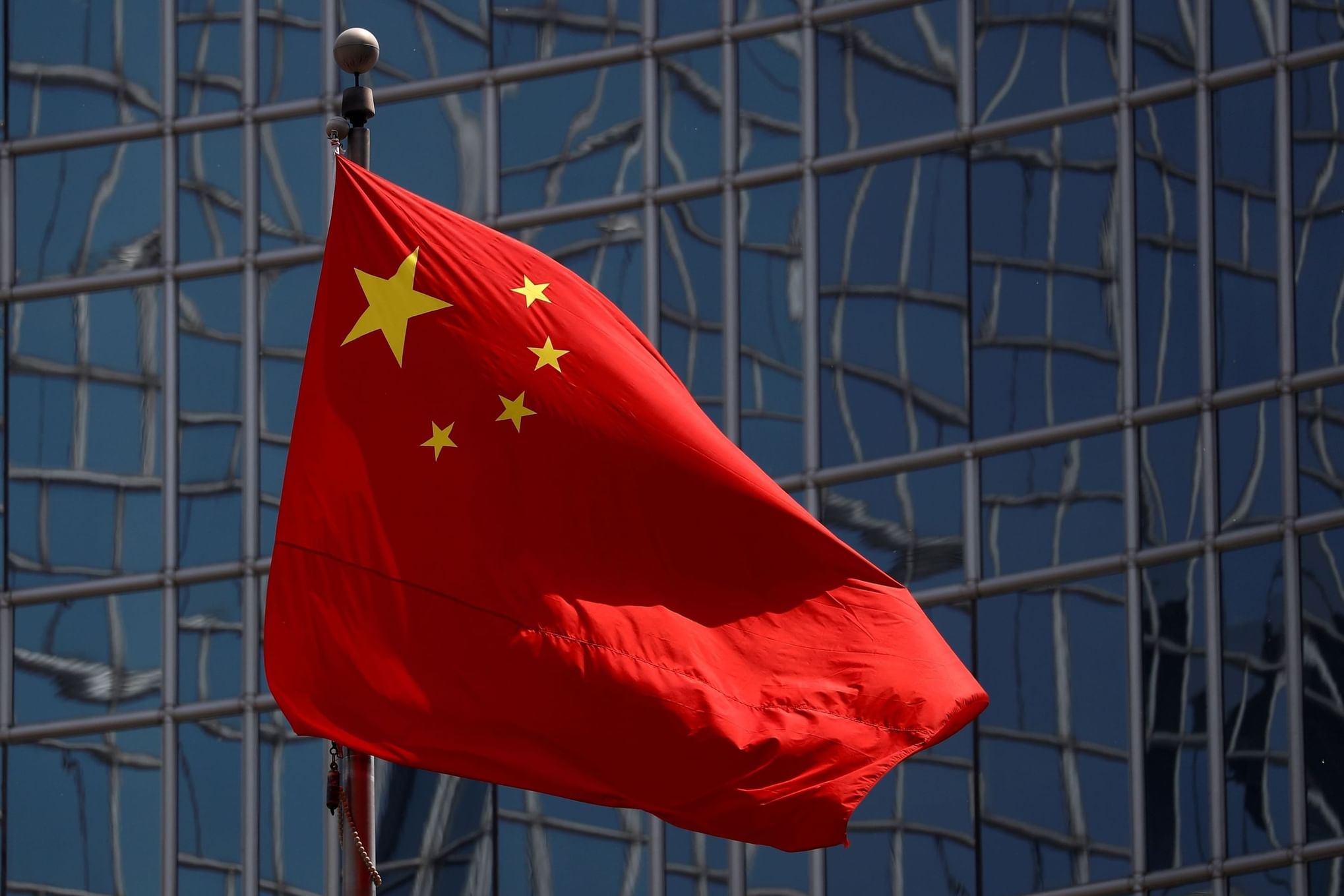In a bold move to boost economic growth, China has announced a series of comprehensive policy measures aimed at stimulating the economy amidst growing global trade concerns. On Wednesday, the People’s Bank of China (PBOC) revealed the new policies, including interest rate cuts and a significant liquidity injection to address domestic and external economic pressures.
Key Policy Changes
As part of its strategy, the PBOC has decided to lower the seven-day reverse repurchase rate by 10 basis points, from 1.5% to 1.4%. This reduction is expected to have a ripple effect, causing a similar drop in the loan prime rate (LPR), the country’s leading benchmark for lending rates. The LPR is also anticipated to decrease by approximately 10 basis points, thereby lowering borrowing costs and encouraging more investment and consumption.
To further stimulate the economy, the PBOC has also reduced the reserve requirement ratio (RRR) by 50 basis points. The RRR is the percentage of deposits that banks must hold in reserve, and the cut will release approximately 1 trillion yuan (around $138.6 billion) into the financial system. This liquidity injection is expected to provide more capital for banks to lend to businesses and consumers, further fueling economic activity.
Measures to Stimulate the Housing Sector
In addition to monetary policy changes, the PBOC has also targeted the housing market, which has been under significant pressure in recent years. The central bank has cut the mortgage rate under the housing provident fund program by 25 basis points. The new interest rate for five-year loans for first-time homebuyers will now stand at 2.6%, down from 2.85%. This move aims to support the housing sector and provide relief to homebuyers, contributing to a potential rebound in the property market.
Economic Outlook
These policy changes come as China’s economy faces increasing challenges, including global trade tensions and domestic pressures. The government aims to stabilize economic growth, promote investment, and restore consumer confidence. These measures are expected to support key sectors, including housing, infrastructure, and manufacturing, by cutting interest rates and increasing liquidity.
According to analysts, the combination of rate cuts and liquidity measures should provide a short-term boost to the economy. However, it remains to be seen whether these measures will have a lasting impact on economic stability, especially as China continues to navigate uncertainties in global trade.
Long-Term Goals
China’s latest economic stimulus measures reflect a broader strategy to enhance its resilience and maintain growth momentum. As the world’s second-largest economy, global markets closely watch China’s actions, and the country’s economic health is seen as a key factor in shaping the future of international trade.
By addressing both immediate challenges and long-term structural issues, these policy moves aim to promote stability, bolster consumer spending, and position China for sustained growth despite external uncertainties.
–Input WAM





